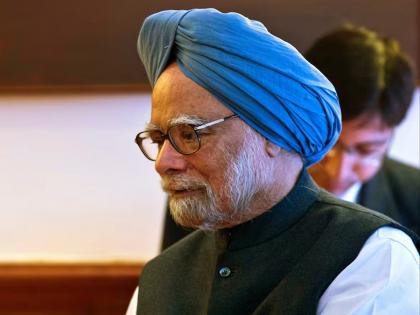Dr. Manmohan Singh’s Journey: The Architect of India’s Economic Transformation Bids the World Goodbye
By Lokmat English Desk | Updated: December 27, 2024 10:22 IST2024-12-27T10:21:50+5:302024-12-27T10:22:44+5:30
Dr. Manmohan Singh, India’s 14th Prime Minister, passed away on Thursday night at the All India Institute of Medical ...

Dr. Manmohan Singh’s Journey: The Architect of India’s Economic Transformation Bids the World Goodbye
Dr. Manmohan Singh, India’s 14th Prime Minister, passed away on Thursday night at the All India Institute of Medical Sciences (AIIMS) in Delhi. Widely respected as an eminent economist, Dr. Singh was known for his integrity, tireless work ethic, and strong commitment to his responsibilities. His political journey from humble beginnings to the highest office in the country was truly remarkable.
In 1971, Dr. Singh began his career in the central government as an economic advisor in the Ministry of Commerce. By 1972, he was appointed Chief Economic Advisor in the Ministry of Finance. He went on to serve in various significant roles, including Secretary of the Ministry of Finance, Deputy Chairman of the Planning Commission, Governor of the Reserve Bank of India (RBI), and Chairman of the University Grants Commission (UGC). Dr. Singh served as Finance Minister from 1991 to 1996, a period during which he played a key role in transforming India’s economy. His work during this time earned him the title of the architect of India’s economic reforms.
Also Read: Dr. Manmohan Singh Death: Security Beefed Up Outside Former PM's Delhi Bungalow (Watch Video)
Before entering politics, Dr. Singh was the head of the Planning Commission from 1985 to 1987, and the Governor of the RBI from 1982 to 1985, where he was instrumental in reforming the banking sector. Dr. Singh served as Prime Minister from 2004 to 2014 under the Congress-led United Progressive Alliance (UPA). He first took office on May 22, 2004, and was re-elected for a second term on May 22, 2009. During his ten years in office, Dr. Singh made significant contributions to India’s political and economic landscape. He is survived by his wife, Gursharan Kaur, and their three daughters.
Open in app